Wine labels and their TTB approvals. There is never a shortage of discussions, questions, and confusion. The latest TTB announcement last week regarding potential regulation changes to wine labels that file for a certificate of exemption from label approval (which alone is one weird contradicting statement) took some time for me to chew over and be able to understand exactly what they were talking about. I reread their summary several times, making my own translation notes along the way. I’ve put them together in a step by step explanation into winery layman’s terms of what they are talking about.
Step 1. All wines that are bottled for sale or consumption are required to have either a certificate of label approval (COLA) or a certificate of exemption from label approval. (I’ll call them CEFLAs)
Step 2. A wine that will only be sold in intrastate commerce (inside the state where it is bottled) qualifies for a CEFLA
Step 3. Under current TTB regulations wines that have a CEFLA for their label are not required to meet the regulated minimum percentage requirements for listing a vintage (85 or 95%), varietal (75%) or appellation (75 or 85%) on their label. This potentially misleading double standard was concerning to many wineries whose labels have COLAs and therefore are required to meet these requirements for their wines.
Step 4. The proposed TTB regulation updates would put in place the same minimum percentage requirements for wine labels under a CEFLA as are required for those that have a COLA.
The area that the members of the wine industry had the most concern over with current wine labels holding CEFLAs is the use of AVAs or American Viticultural Areas. Under current TTB regulation any wine label (with a COLA) that lists an AVA must contain at least 85% of its blend from grapes sourced from that AVA. To back up the use of an AVA on a wine label the bottling winery is required to have in their record files documentation that verifies this. The two most common examples of these documents are weigh tags, used to document a load of grapes or bills of lading, used to document a load of bulk or bottled wine. The TTB refers to both of these as “source documents” as they in part document the source identity of a bottled wine. (As in it was sourced from Napa Valley for example)
Here is where I wanted to clarify all of this in relation to the bulk wine market. In this scenario a winery either inside or outside of California (just for example) can purchase some wine from the bulk wine market and then have it trucked to their site, bottle it and obtain a CEFLA for it for the label, provided they will only sell it inside the state where it was bottled. On that label they could list Napa Valley even though the wine blend itself does not meet the minimum AVA percentage of 85%. This is clearly in contradiction to the TTB’s wine label regulations, “requiring truthful and accurate information….regarding the identity and origin of the wine”. These latest proposed regulation changes will fix that loophole.
For wines available for sale on the bulk market they will refer to their appellation details as part of the listing, which most definitely in part is a deciding factor in the purchase decision. Buyers will often be searching specifically for Napa Valley wines to purchase. After a purchase occurs that wine is then trucked from the selling winery to the purchasing winery (or whatever site they direct it to). The documentation that goes along with that truckload, which is the bill of lading I mentioned earlier is required to list on it the percentage details specific to the appellation, vintage and varietals. If for the appellation details it lists “Napa Valley 80%, Sonoma County 20%” then per current TTB regulations for wines requiring a COLA that wine blend does NOT qualify to list Napa Valley on its label. However a winery that purchased it and will then bottle it under a filed CEFLA that does list Napa Valley on the label would currently be allowed to do so.
Recent Posts
If you aren’t in the winery compliance world, don’t write about it!
Nails on a chalkboard. Folks, there is already a lot of incomplete or flat-out wrong information shared about winery compliance. Let’s not add to it! Stay in your lane. If you’re not actually in the winery compliance world, please spare all of us who are, and do not...
Eight takeaways from the CalRecycle training webinar on CA CRV requirements.
I joined in with the group of around 500 other folks who showed up live to CalRecycle's informational webinar on what the CA CRV reporting will mean for wineries. A fun way to kill a couple of afternoon hours on a Friday afternoon! But seriously it was very...
